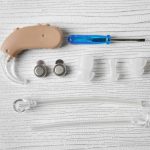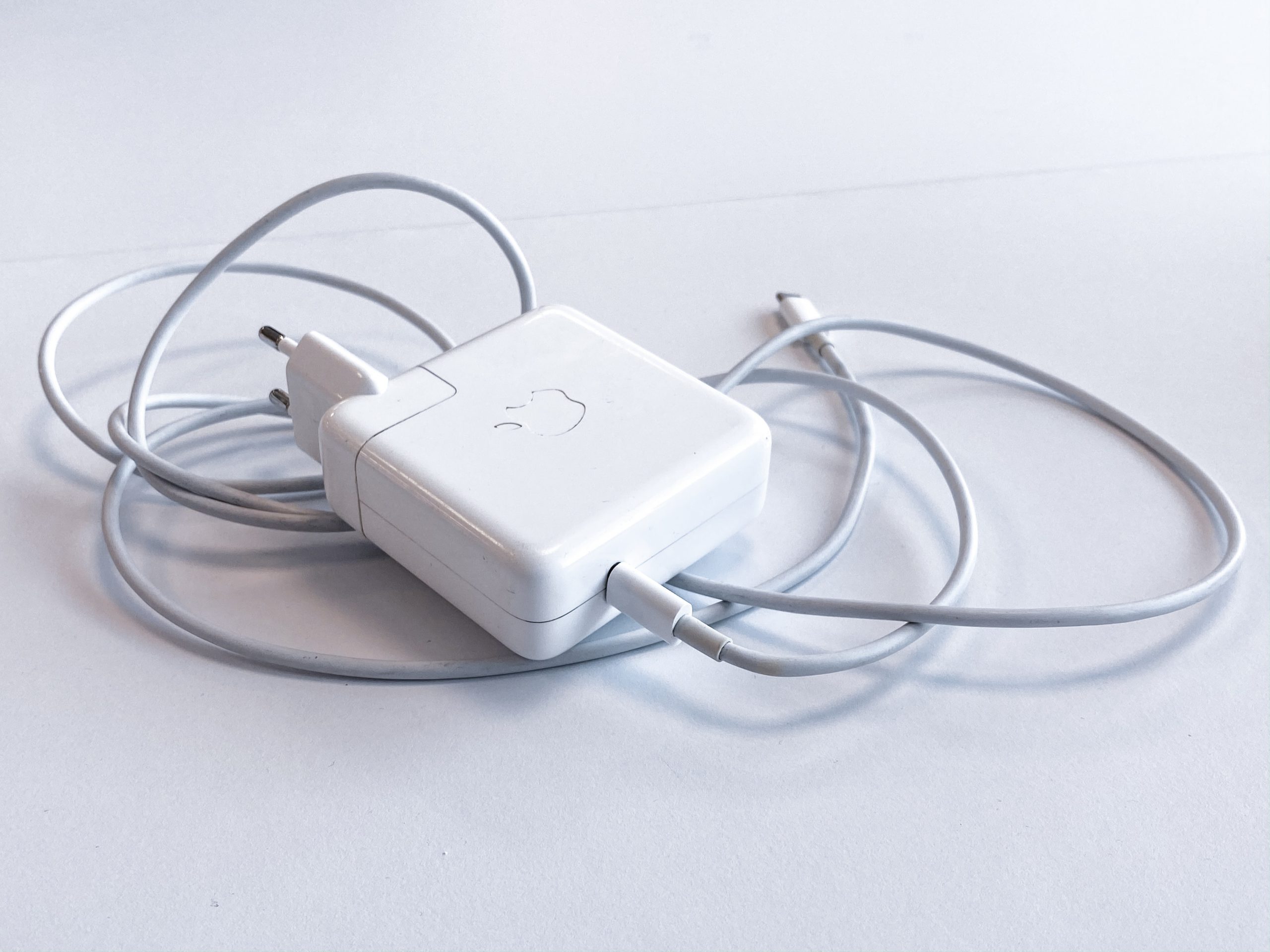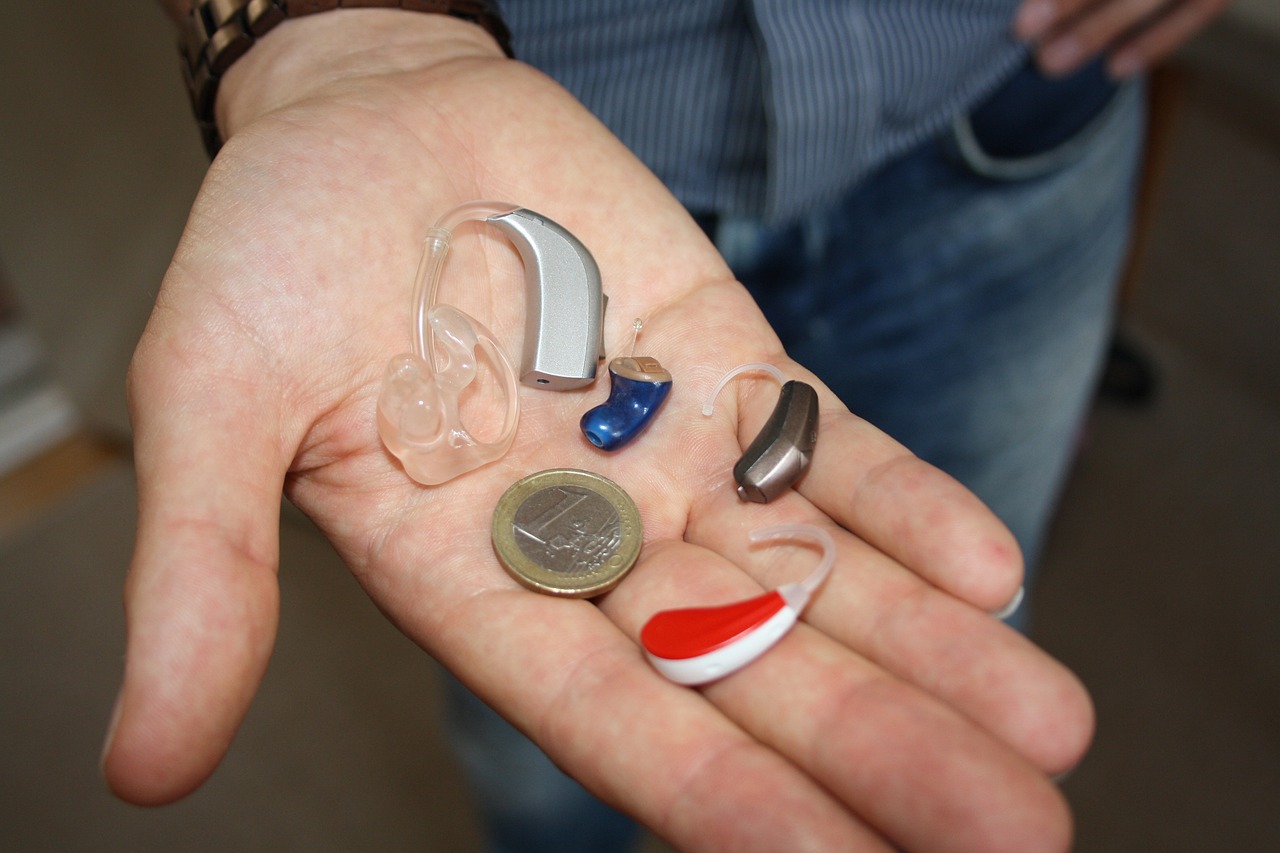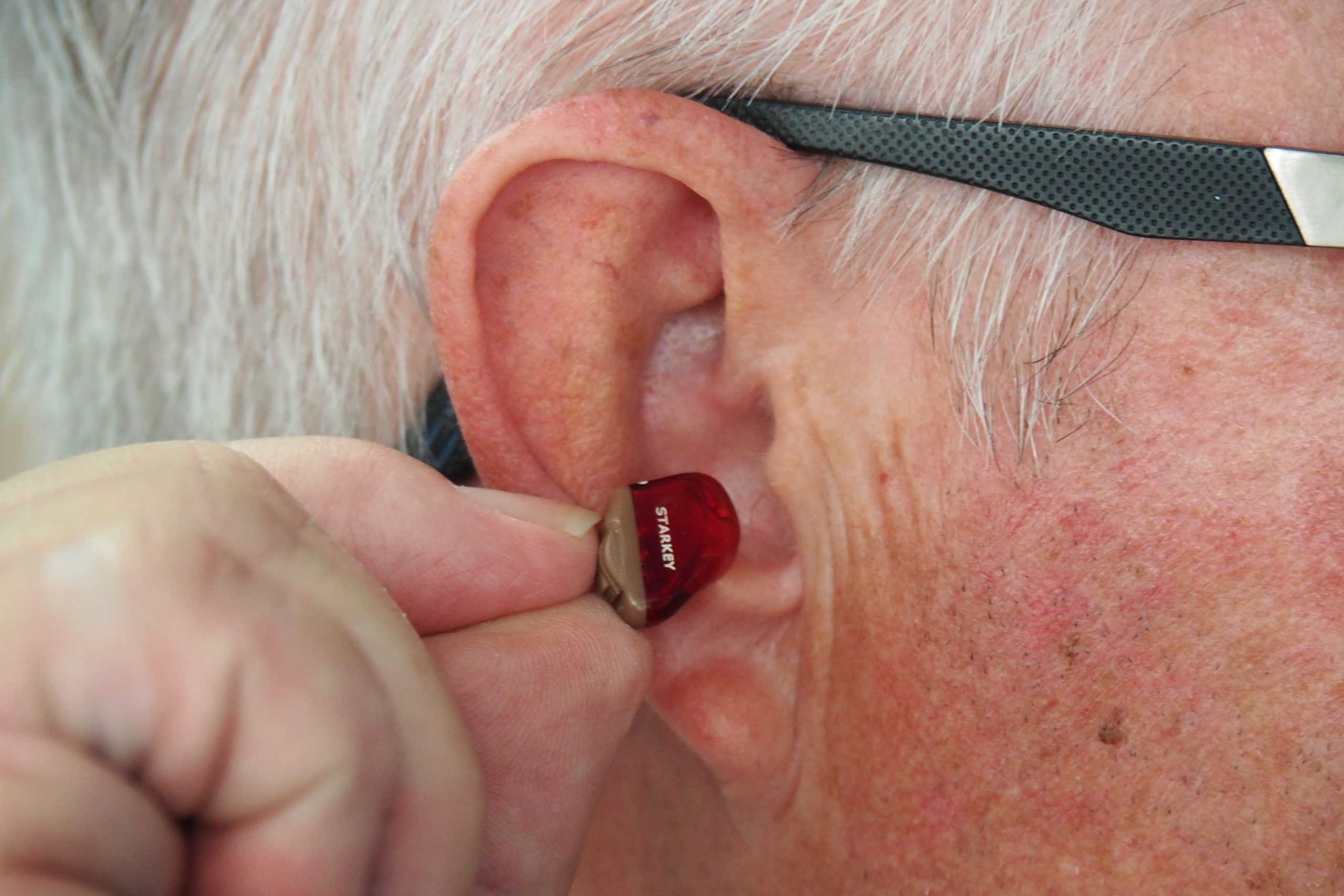
As the name suggests, Invisible In Canal (IIC) hearing aids are the smallest and most discreet model of hearing aids available today. While not 100% invisible, for those looking to keep their hearing aids as hidden as possible IIC hearing aids are where you should start your search!
What Are Invisible In Canal (IIC) Hearing Aids?
Invisible (or IIC) hearing aids are the smallest type of hearing aid available. They are custom-made to fit your ear, usually with an ear mold or ear impression of your ear canal. These hearing aids rest completely inside your ear canal and are almost undetectable. IIC hearing aids usually have a small cord or wire attached to help with insertion and extraction.
IIC hearing aids are mainly designed for mild to moderate hearing loss.
What Are The Pros of Invisible Hearing Aids?
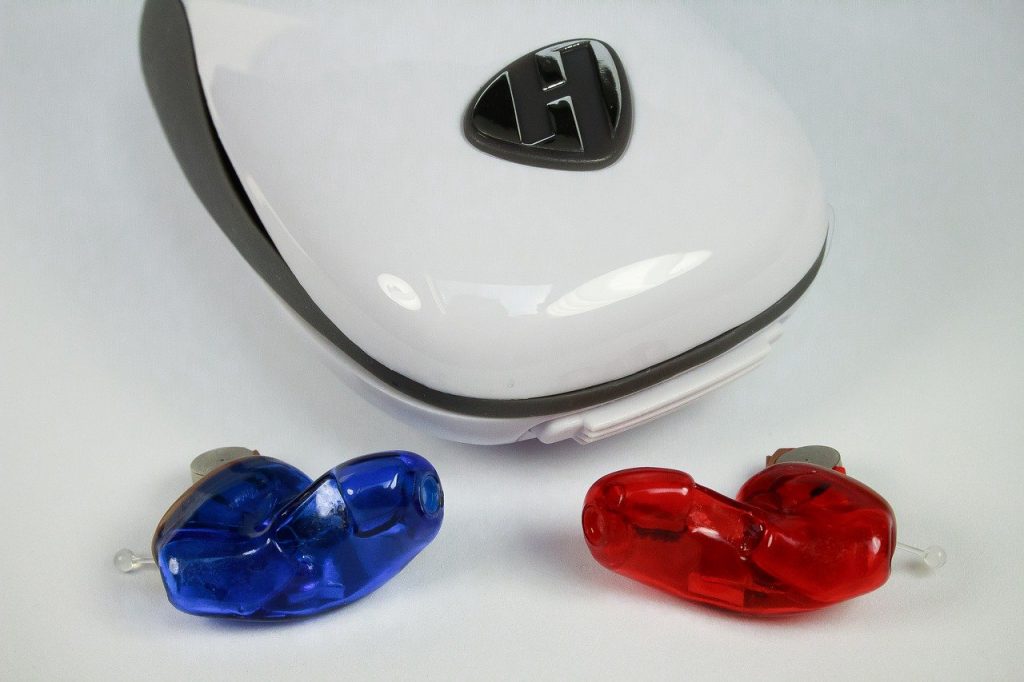
The biggest advantage of IIC hearing aids is without a doubt their size. For those who would rather not show off or advertise their hearing aid usage, the small size and position of the IIC hearing aids truly do make them incredibly discreet. Unless you are specifically looking for them, it’s very easy to miss!
The small size and position of the hearing aid deep within your ear canal also mean they are easy to use together with a phone.
Furthermore, that deep position in the ear canal significantly helps with reducing wind noise while outside. The deep position of the microphone in the ear can also help with the preservation of the natural acoustics provided by the external ear, immediate sound travel for less delay, and less ambient noise in general. Due to these factors, some users find that IIC hearing aids provide a more natural sound.
What Are The Cons of Invisible Hearing Aids?
Size, unfortunately, does have its tradeoffs. The smaller size of IIC hearing aids means less power, fewer features, and weaker batteries. For those with more advanced hearing loss (severe, profound, etc…), the small receivers in IIC hearing aids won’t be able to provide the amplification required. Behind-the-ear hearing aids are recommended for those with stronger hearing aid needs.
Their small size also means those with dexterity issues may have trouble handling, inserting, and removing them.
Some people may find that their ear canals’ shape or size are just not compatible with IIC hearing aids.
Finally, because this type of hearing aid sits deep in the ear canal, it can require more maintenance than other styles. Being inserted so deeply into the ear canal makes them susceptible to damage from earwax buildup. They can also cause sweat and other moisture-induced issues inside the ear.
The information in this guide has been written using the following reliable sources:
https://salyerhearingcenter.com, http://collierhearingcenter.com/

